Androgynous: Meaning, Gender Expression and History
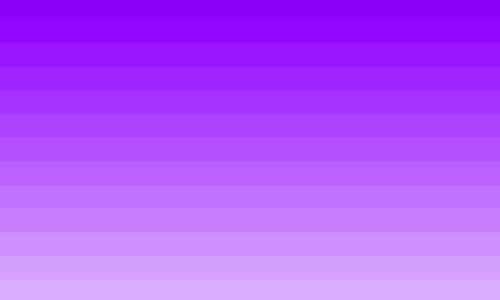 Androgynous flag
Androgynous flag
Androgyny refers to a type of gender presentation that is typically associated with having a mix of masculine and feminine characteristics. The meaning can vary significantly from one person to another regardless of how they dress, sex assigned at birth, and their gender identity.
The word androgyny is a combination of masculine traits and feminine traits. It means that an androgynous person who has a gender expression of two genders means that male and female characteristics are usually wrapped into their androgynous style. It can also be a description of an individual’s gender presentation or identity or both.
Table of Content
Terminology
According to the Merriam-Webster dictionary, the word androgynous is an adjective that means: having the traits or nature of both male and female or neither specifically feminine characteristics nor strictly male.
Andro- stands for a Latin prefix referencing a man and -gyn is the suffix meaning woman. It should not be confused with androgyne which is a specific gender under the nonbinary umbrella. Which also has the same roots andro meaning man and -gyne meaning woman.
Androgynous look refers to one person’s physical appearance when talking about androgyny as a whole. There may also be physical characteristics associated with being androgynous individuals. For example, many women like challenging gender roles and wear men’s clothing. Some men also prefer to take up traditional male expressive traits by showcasing sexual ambiguity as well as an androgynous look. Being androgynous is not limited to androgynous clothing. There are masculine and feminine individuals of different sexual orientations as well as genders who have characteristics associated with androgyny.
The word is typically associated with nonbinary and gender-fluid folks, but androgynous gender presentation is not limited to anyone. People who are transgender, cisgender, even agender can express themselves with an androgynous look. Being androgynous should not be confused with Androgyne identity.
Not all androgynous individuals are androgyne and vice versa, not all androgyne people are going to present themselves androgynously. There are several gender identities under the androgyny umbrella. Some of them are:
- Androgyne
- Femach
- Eclipsian
- Lingender
- Proxangi
Androgyny and gender do not have an inherent association between them for a person, rather it is more about identities like = expression, style, and fashion. Androgyny in a person may not only be seen as showing male and female traits but also choose to neutrally express themselves
As New York-based therapist Dr. Kelly Wise underlines: “Androgyny is a way of presenting yourself with both masculine and feminine characteristics,” The term now has more prominence and is applied in the entertainment industry rather than the queer community.
Noteworthy: The roots of andro- and -gyn can be found in quite a few other words.
- Androgen refers to hormone levels like testosterone
- Polygyny describes relationships involving several women
- Misogyny is hatred towards women
- Gynecology which focuses on AFAB medical care
The scientific community uses the terminology in different ways. Androgyny is generally supported to be a blend of traits that are culturally, societally, and traditionally associated with masculine and feminine.
Traits like analysis, assertiveness, strength are generally considered masculine whereas feminine traits focus on the emotional state like empathy and expressiveness. An androgynous person does not only express themselves in a way whether they are beyond what is expected of their sex at birth, but they also showcase a personal style which can be a contribution of adaptivity and communication skills. Often androgynous persons are associated with higher risks of creativity and mental awareness, but many exploring the subject continue to debate whether that is true or not.
History
It may be one of the oldest ways to describe humans. In fact, androgyny can be traced to the earliest parts of our history. In many cultures, there are documented references to androgynous human beings.
Think back to the ancient texts like that of a foundational text on Rabbinic Judaism that mentions the actual word “androgynos” over 30 times. Then there is Greek mythology where according to the encyclopedia Brittanica divinities with two or more genders occurred frequently.
Androgyny is also referenced in Plato’s Symposium. It is one of the earliest references to androgyny in classical texts. There is also an astronomy mention, where planets that had both hot and cold and other physical characteristics were labeled androgyny in the early days.
Philosophers and early religious leaders promoted androgyny in their writings. Alchemists of medieval Europe also were keen on the concept of androgyny. De Alchemia which showcases the masculine and feminine principles produces the “Divine Androgyne ”, a representation of the Alchemical beliefs in transformation, dualism as well as transcendental perfection.
The term androgyny in today’s world gained prominence in the 1970s during research on psychological androgeny. It was coined by gender scholar Sandra Bem describing the concept of psychological androgyny and what it meant in terms of mental health for people who have exhibited physical and mental male and female attributes. Bem was a leading proponent of androgyny.
According to the psychological androgyny scholar, folks who show androgyny traits are more flexible and mentally healthy than their counterparts. Some researchers even argued there was positive and negative psychological androgyny. Positive focus on the positive sides of masculinity and femininity with negative associating with negative traits of the genders. One study disclosed that individuals exhibiting male and female characteristics had higher expectations of themselves at school and work leading to more mental pressure.
Biology
Androgynous was historically applied to people who had a mixture of female and male sex physical attributes. It was often interchangeable with the term hermaphrodite (which is now outdated and should not be used in modern English)
The definition of intersex is now used to better identify people who have either ambiguous or mixed-sex physical attributes at birth. When it comes to biology the words are more often used when referring to plants rather than humans.
Flag and Symbols
The androgynous flag was designed by a Tumblr user in 2019. The flag is based on the feminine and masculine flags previously published on the website. To date, the flag has no detailed color description and meaning. It features purple with a combination of blue and pink colors.
(Flag link images are in gallery below as well)
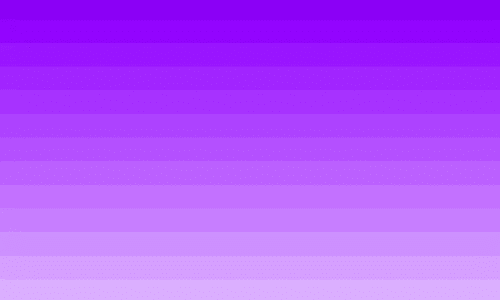 Androgynous flag
Androgynous flag
A different version of the flag was designed fairly recently in January 2021. The flag also uses a combination of purple, blue and pink colors which are most commonly associated with androgyny.
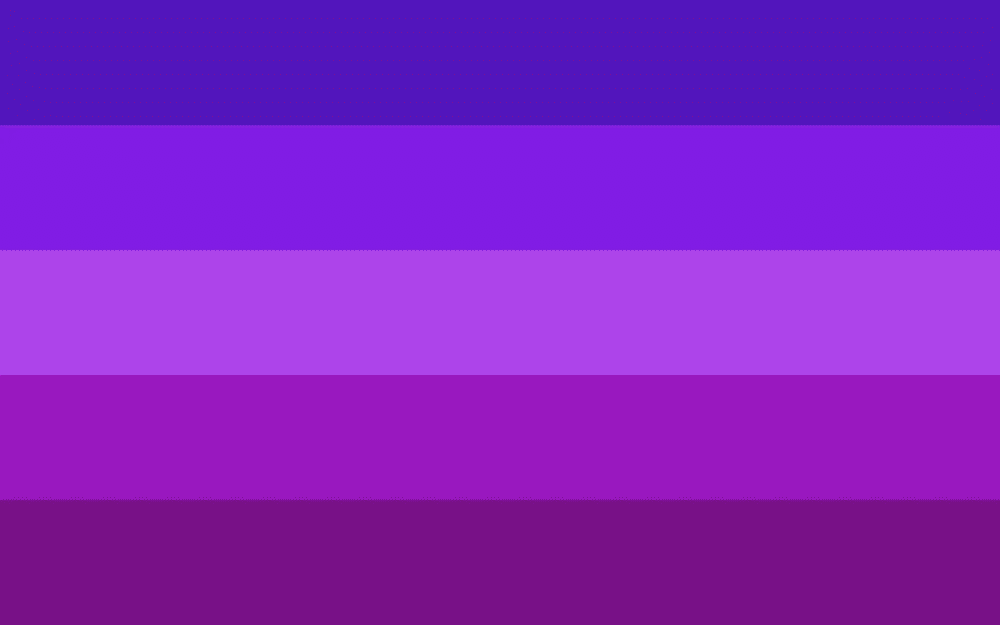 Alternate Androgynous flag
Alternate Androgynous flag
A Discord user redesigned the flag on August 1, 2021, to resemble an alternate androgyne flag by the same designer. It looks like a striped gradient of purple that is made up of a mix between the three colors of the androgyne flag that is pink, blue, and purple to represent the mixture of feminine and masculine features that sometimes are in the realm of neutrality.
 Alternate Androgynous Pride Flag
Alternate Androgynous Pride Flag
Androgynous look for flags are fairly recent, but the symbols representing those who can display androgyny can be traced back to ancient times.
In Greek mythology, androgyny was represented by the caduceus, a wand of transformative power.
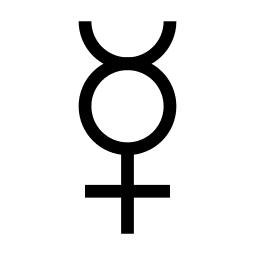 Androgynous Mercury Symbol
Androgynous Mercury Symbol
In the early modern period the Rebis, a conjoined male and female figure represented androgyny.
There is also another symbol called the sun cross which unites the male and female. It is sometimes used as an astronomical symbol for the planet Earth.
 Alternate “rose and cross” version
Alternate “rose and cross” version
 “Rose and Cross” Androgynous symbol
“Rose and Cross” Androgynous symbol
Pronouns
Individuals who have masculine and feminine characteristics can use a wide range of pronouns. Androgyny refers to gender expression. The most common pronouns are they/them, but that does not mean they are the only ones used. Cisgender people who use gendered pronouns, transgender people who use either gendered or gender-neutral pronouns as well as nonbinary and gender fluid people who use pronouns that are neutral can also be androgynous.
Androgynous folks can also suffer from gender dysphoria and often do not reflect their sex assigned at birth in their gender expression. So, it is always best to state your pronouns first and ask what pronouns a person prefers using in their daily lives.
Differences and Comparisons
Is Androgynous the same as:
Non-Binary?
No, it is not the same. Nonbinary is an umbrella term that typically refers to any gender identity that is not associated with being male or female. Androgynous refers to the person’s appearance and gender expression.
Intersex?
Although the terms are often used interchangeably it is not the same. Intersex people are typically born with a combination of sex characteristics meaning a child that is intersex may have either external or internal female and male traits. Androgynous individuals can be any gender regardless of their sex assigned at birth.
Transgender?
No, it is not the same. Transgender is an umbrella term for people whose gender identity and expression are different from society’s expectations of their assigned sex at birth. Transgender people may express themselves in a wide variety of ways.
Genderqueer?
Androgynous persons exhibit traits that are typically associated with men and women. Genderqueer people do not exclusively identify as female or male. The word essentially means their gender identity does not conform to the mainstream
Am I Androgynous?
There are far too many rules when it comes to what people should look like. Today’s culture and society are slowly changing and that means the lines of what is expected of men, women, non-binary folks are starting to blur.
If you are questioning whether you are androgynous there are a few things you can check of the list to make you feel more comfortable with your gender expression. Again, androgyny is all about how a person presents. It is not about your sexual orientation or gender identity but rather a personal style.
You may be androgynous if:
- You prefer to challenge stereotypes when it comes to clothing and makeup
- You frequently change your hairstyles to be ahead of the pack
- You tend to shop in both men’s and women’s stores
- You enjoy wearing unisex clothing
- You do not want to be perceived as typically male or female
Gender Identity
Gender identity is all about a certain individual’s personal sense of gender. They may be AFAB or AMAB, identity as trans, cis, or agender but also feel they can exhibit androgynous traits.
Androgynous humans are of two or more genders emotionally and mentally. These individuals also can be more than just male and female. They can identify as gender-neutral, genderfluid, and genderqueer.
Androgynous individuals may not only present themselves visually in ways that are often associated with being a man or a woman, but they can also tackle tasks and behaviors that are frequently expected of the two genders.
People who are androgynous challenge the stereotypes and disregard what society and culture have constructed as typically male and female roles in specific circumstances. There are some cultures that recognize androgynous folks as the third gender.
Gender expression
Being an androgynous person is all about being able to express yourself in a manner that feels right and genuine to you. Whether that is dressing in masculine and feminine clothing, putting on makeup, or cutting your hair gender expression is all about questioning the cultural and societal norms constructed around masculine and feminine.
In some cultures, gender expression is considered taboo while in others it is celebrated. Being able to express your true feelings is crucial to keeping a healthy outlook on life.
Androgyny is a style choice. It is a gender expression that lets people play with it as much as they want. It is exciting, fun, and unique. However, it is important to note that expecting people to present only in a certain way, or say that femme only means girly and masc refers to manly can be quite detrimental and harmful.
Offering Help and Support
It is important to remember that androgynous folks can come from walks of life, be of any gender and sexual orientation.
Many people tend to confuse the terms. So, learning the language and educating others is a huge step in showcasing support for people who express themselves in an androgynous way.
Promoting a healthy culture of understanding. Offering a space at work, school, community center to express oneself without judgment. Standing up in instances of bullying and harassment are all great ways to show your support for androgynous people.
Exploring the androgyny of the sexes, showing a strong desire for self-expression, and exhibiting androgynous styles will encourage yourself and others. Setting an example for one person can change how they view the world. Also, note that how a person chooses to dress does not reflect their sexual orientation or gender identity. Fashion and Style
Androgyny is all about gender expression. Throughout history, the fashion industry dictated how people view gender and what it truly is. There were pioneers and rebels in the early days that challenged the norms and brought us where we are today in terms of the fashion world.
Women who felt their attires limited their performance at work. Women who were proud of their androgynous figures, as well as men, thought traditional feminine and masculine attire was not practical. Amelia Bloomer made the pantaloon fashion popular in the 1850s. The bloomers were named after her.
In the 20th century, there were great entertainment industry influencers and icons like Elvis Presley who wore eye makeup. Mick Jagger donned a man’s dress. Jimi Hendrix rocked high heels.
That list of talented and famous people also includes:
- Prince who wore makeup and experimented with clothing
- David Bowie is considered a style icon with his styles and personas
- Tilda Swinton embraces her androgynous style with men’s clothing
- Boy George took the music industry by storm in the 80s with his makeup and appearance
- Grace Jones with her androgynous looks and style that challenged the modeling industry
In the 80s designers leaned more and more towards androgynous styles. Paco Rabanne, Giorgio Armano Pierre Cardin all changed the concept of how they dress models in their collections.
The actual meaning of being androgyny has taken on a trendier outlook today. It is now cool and fun to experiment with clothing, makeup, and hairstyles. It allows both men and women to incorporate the best of both worlds into their appearance. It can also provide a better insight into what is comfortable and what isn’t for all genders.
Today people are becoming more aware of the gender spectrum and fashion is more reflective of that. The androgynous style is no longer viewed as avant-garde with designers embracing it more and more.
K-pop and J-pop cultures are huge contributors to androgynous fashion trends. The androgynous clothing style that is often depicted in manga and anime is resonating with millions of people around the world.
Celebs like Lady Gaga, Jaden Smith as well as Harry Styles who’s sexual orientation and gender identity are often in the headlines in a recent interview with Vogue Magazine said: “There is so much joy to be had in playing with clothes. I’ve never thought too much about what it means – it just becomes this extended part of creating something.” continue to raise the bar and challenge the standards on what being androgynous means.
Gallery
 Androgynous flag
Androgynous flag
 Alternate Androgynous flag
Alternate Androgynous flag
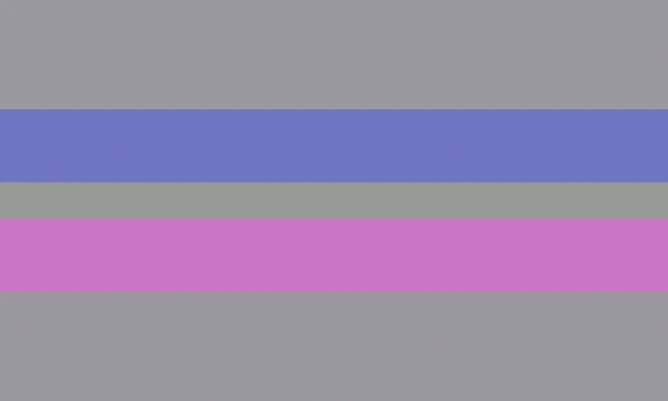 Androgynous long equals sign
Androgynous long equals sign
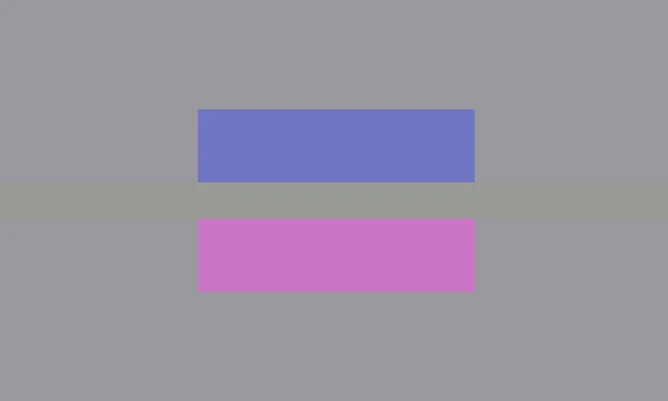 Androgynous short equals sign
Androgynous short equals sign
 Alternate Androgynous Pride Flag
Alternate Androgynous Pride Flag
Share this post:
What do you think?
 Androgynous flag
Androgynous flag


